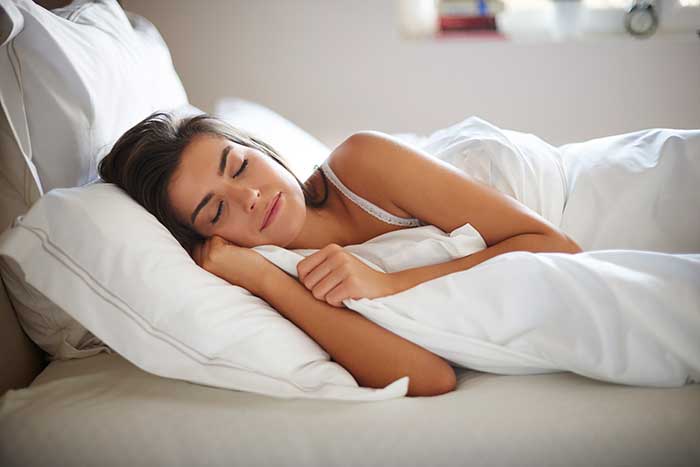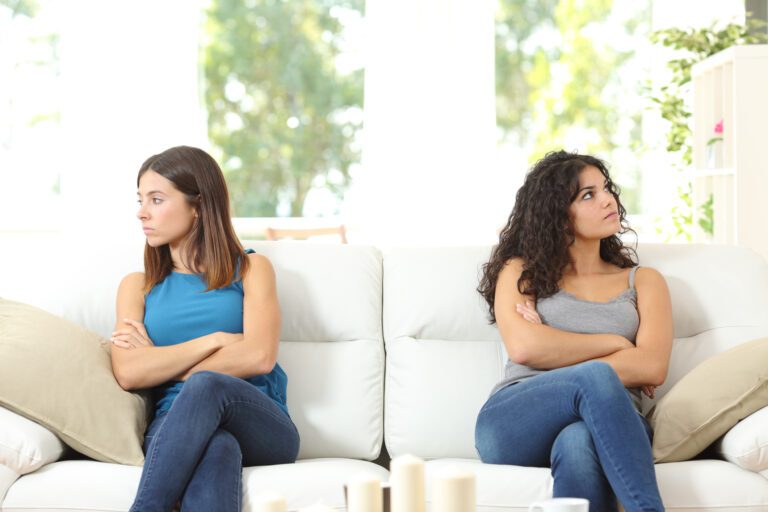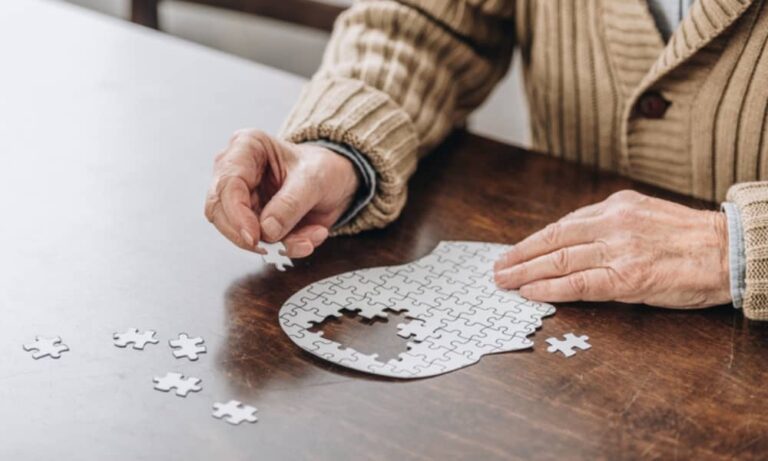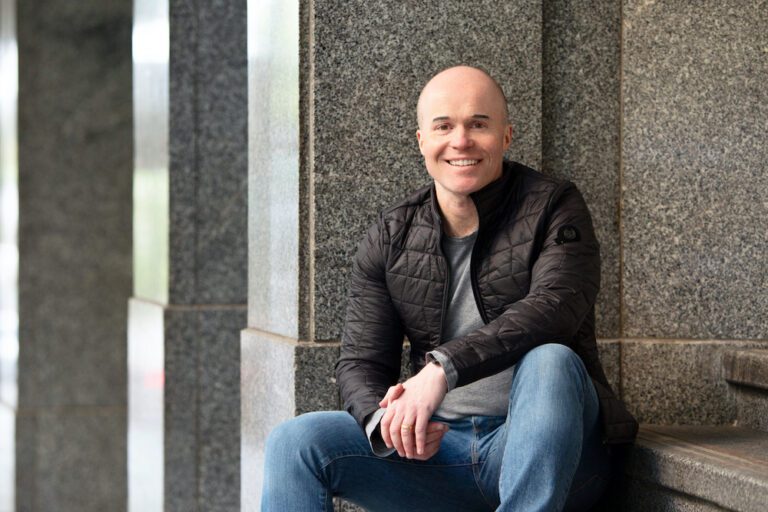Do people take sleep seriously enough as a health concern?
If we believe population data, no. Australian sleep habits is that 40% of people are sleep deprived. We think that we can extend our day and have the attitude that sleep is for the weak. Often, people only realise they need their sleep when they get to burnout.
What do you think about ‘go to bed’ alarms?
They’re a good idea. I’ve integrated it into sleep therapy many years ago. Life is busy and we get so involved in our computers that time does slip away and all of a sudden it’s midnight. My advice is to set an alarm one hour prior to bedtime. That gives you time to wind down and switch off. The big problem with devices is that they put out such a bright light we don’t then have the chance to produce the melatonin that will help us naturally fall asleep. The two classic patterns are that either the person will not be able to get to sleep or they will fall asleep straight away due to fatigue but then wake up after two sleep cycles, about four hours later.
Are the ‘warm’ light filters on our phones a gimmick?
They’re not a complete gimmick. Red light is less alerting than the bright blue light. But the bottom light is that all light is alerting. You can cut it down but you’ll still have a problem. It’s also about our interest and awake hormones, which are inconsistent with sleep hormones. If we’re reading something that is of interest to us, that will keep us alert, so it’s about what we’re reading or watching as well as the light.
Think about the last time you went camping. People always report falling asleep earlier then they normally do when they go camping – it’s about following the rhythm of the earth. It gets dark and then about two hours later you’re ready to fall asleep. We’ve undertaken a social experiment in the disruptive effects of technology without anyone providing the education about what it will do to us.
Is there a problem if someone wakes up several times a night?
It’s completely normal. It’s important to realise that up to 5% of total sleep time spent in wakefulness. Adults need five complete sleep cycles. There will be a moment of wakefulness after each cycle but usually we won’t remember the wakefulness because it’s so brief. It’s only a problem if the short time of wakefulness extends. This is when a tracking device like the Fitbit Ionic can be useful we can see how much we are sleeping and what different types of sleep we’re experiencing, whether we are getting full cycles of sleep or if they are being interrupted. With that information, we can look at what we are doing during the day that may be effecting our sleep – how we spend our wakeful hours affects our sleep cycles.
Is ‘feeling sleepy’ a good indicator of not getting enough sleep?
We have an alertness cycle that is a wave. 9am is a peak of alertness and 3pm is also a lull. It’s physiological and completely normal. Some cultures take advantage of this with a siesta. Another peak of alertness at 9pm. As we come off that peak we will start to feel sleepy. That’s normal. If you’re feeling sleepy at other times of day, like at 9 or 10am, then there is probably an issue that you need to investigate.
What tips do you have for people who travel a lot and cross time zones?
If you do this on a regular basis, you can be all over the place. You really need to be aware of what you are doing, because it’s very easy for this type of lifestyle to end up in burnout. People find they are hating their job or having issues with their spouse and feeling unhappy, and it certainly can be impacted by a lack of sleep. If you are travelling a lot you need to be vigilant about keeping track of how much sleep you are getting. If you are travelling to another time zone for only 24-48 hours it’s best to not adapt, to keep your home time zone. For longer trips, melatonin can be helpful in adjusting to the time zone more quickly. You need a prescription for melatonin in Australia.
How common is sleep apnoea?
It’s getting more common. We used to think 4% of men and 2% of women had it. It’s hard to get the population data for a really accurate count, but newer information, plus the expanding waistlines of the population, is showing that 10% of men under 55 and 17% over 55 have it. Women are less diagnosed, possibly because people didn’t think they were so effect, so the data is saying that 3% of women under 50 have it. At menopause, women become much more vulnerable to it as they’re no longer protected by their sex hormones, so the number jumps to one in 10.
What are some of the classic signs of sleep apnoea?
The typical sign is snoring that then stops for a period followed by a sudden clearing of the airway which can bring wakefulness. A partner may be the first to notice it. Sleep apnea will disrupt sleep a lot, so you will see many periods of wakefulness on a fitness tracker that has sleep monitoring.
Is sleep monitoring through a tracker like Fitbit a good idea or can it make people paranoid about their sleep patterns? Is it possible to get too obsessed?
In the same way as exercise and nutrition, people can get obsessed with sleep. Some people may obsessively do 20,000 steps a day no matter what’s going on in their life. If you find it is perturbing, stop wearing it. Some devices give you a ‘score’ which is not helpful if you’re competitive, because you might get anxious about the idea of ‘beating score’. Fitbit uses it’s population data from the last 10 years to give you an idea of where you sit on a an average of people in your age and gender, which can be helpful in providing guidelines on whether you might need to change your habits to get a healthier amount. For example, if you’re not getting much REM you may need more mental stimulation in your life; if you’re getting below average deep sleep perhaps you need to add more exercise to your routine. Those guides can be helpful in adding healthy habits. But if you’re anxious about sleep, it can become elusive. I often advise people that if they’ve been lying in bed for 20 minutes or so and can’t fall asleep, they could get up, make a cup of herbal tea, sit quietly in the dark for a while to help the body reset and prepare for sleep rather than lying there worrying about not sleeping.
Why don’t we understand enough about sleep?
To put things in context, when cars became the norm in every family, we had to have public education about exercise in the 70s and 80s. The same happened when fast food became normal, we had to learn about nutrition. Sleep never used to be a societal problem, because in the 80s the television used go off by midnight, we didn’t make that many international calls. In the last 10 years we’ve turned into a 24-hour global society. Just like exercise and nutrition, sleep is vital, and we need a new education program to inform people about that. Devices like the Fitbit Ionic can be useful as an education tool, but we need to see a public education campaign going right back to the primary schools. Healthy Harold talks about exercise and nutrition, he should be talking about sleep too – it’s part of the whole package.
Dr Carmel Harrington has written the book The Complete Guide to a Good Night’s Sleep.







